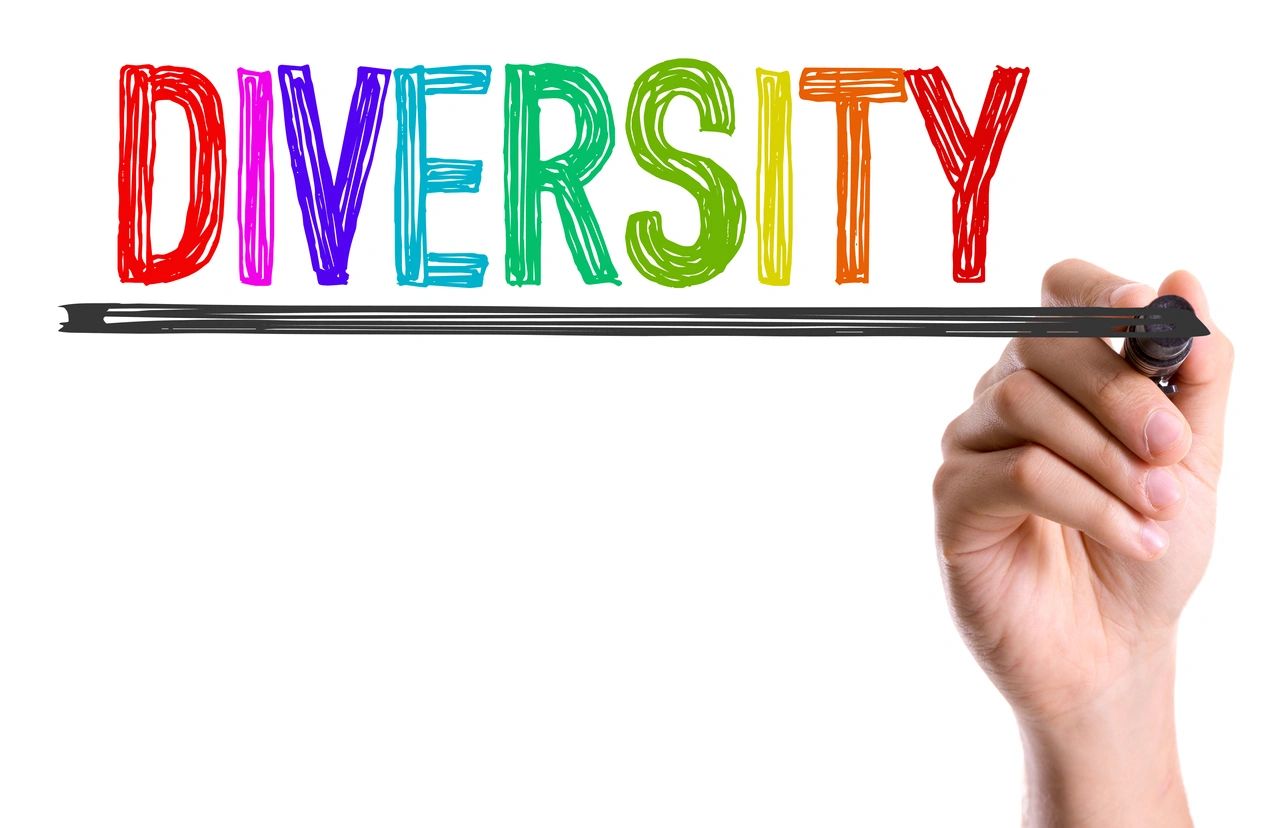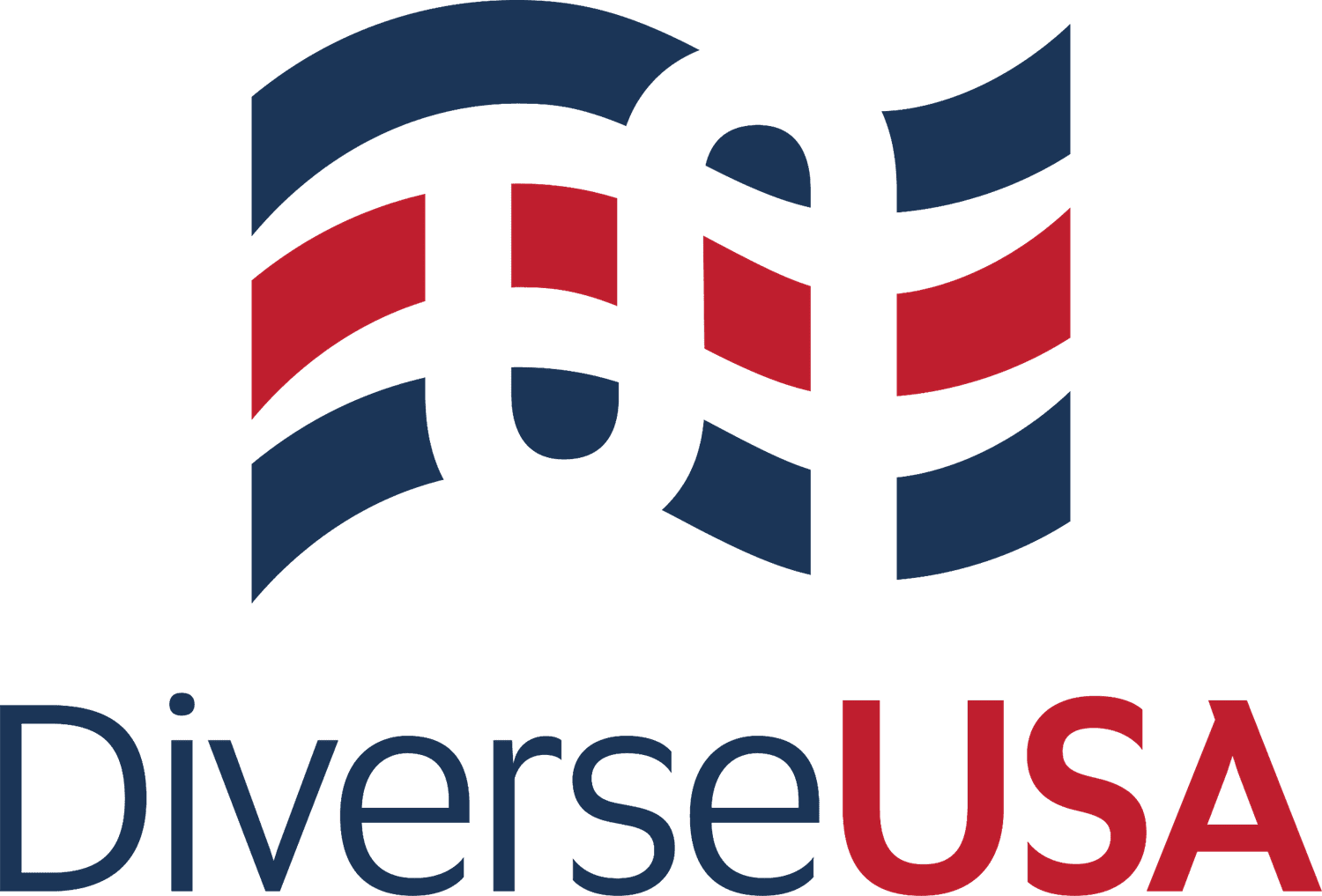

Underserved Communities & Associated Definitions
“Diversity” today is not just about race or gender. A “diverse workforce” today is one that draws from all segments of society, including underserved communities.
In the first Executive Order of his Presidency (EO 13985, January 20, 2021), “Advancing Racial Equity and Support for Underserved Communities Through the Federal Government,” President Biden directs federal agencies to evaluate whether their policies produce racially inequitable results when implemented, and to make the necessary changes to ensure underserved communities are properly supported.
Executive Order 13985 has expanded the concept of “diversity” to include all persons in the United States who have faced barriers and obstacles to federal employment opportunities for a host of reasons—including geographic isolation, imprisonment, military service, first generation college graduation, and persistent poverty, as well as racial and ethnic minorities and persons with disabilities — in its definition of “underserved communities.”
Additionally, with Executive Order 13995 (January 21, 2021), Ensuring an Equitable Pandemic Response and Recovery, the Biden Administration addresses the disproportionate and severe impact of coronavirus disease 2019 (COVID-19) on communities of color and other underserved populations.
As defined by Executive Order 13985:
Underserved communities refers to populations sharing a particular characteristic, as well as geographic communities, who have been systematically denied a full opportunity to participate in aspects of economic, social, and civic life. This includes:
Individuals from communities of color, such as Black and African American, Hispanic and Latino, Native American, Alaska Native and Indigenous, Asian American, Native Hawaiian and Pacific Islander, Middle Eastern, and North African persons. Individuals based on sex, sexual orientation, and gender identity (including lesbian, gay, bisexual, transgender, queer, gender non-conforming, and non-binary (LGBTQ+) persons); Persons based on pregnancy or pregnancy-related conditions; parents; and caregivers; Individuals based on their religion; Individuals based on their disability; First-generation professionals or first-generation college students; Individuals with limited English proficiency; Immigrants; Individuals based on older age or former incarceration; Individuals based former incarceration; Persons who live in rural areas; Veterans and military spouses; and Persons adversely affected by persistent poverty.Diversity means the practice of including the many communities, identities, races, ethnicities, backgrounds, abilities, cultures, and beliefs of the American people, including underserved communities.
Equity means the consistent and systematic fair, just, and impartial treatment of all individuals, including individuals who belong to underserved communities that have been denied such treatment.
Inclusion means the recognition, appreciation, and use of the talents and skills of employees of all backgrounds.
Allyship, is used in contemporary social justice activism to describe efforts in which a person in a position of privilege and power seeks to operate in solidarity with, and to advance the interests of, marginalized groups, both in society at large, and within particular social contexts, such as universities or workplaces.
Sponsorship (or Employment Sponsorship) refers to vouching for, supporting, advising, or helping fund another person or an organization or project.
Some Relevant Articles:
~ Is the Security Clearance Process Keeping Diverse Candidates from Fed Jobs?
~ Finally, a Definition Of Workplace Inclusion That’s Truly Actionable
~ A real commitment to diversity means having diverse leadership
~ Inclusion Starts with Better Management – Here’s What Employees Say about Making Diversity Work
~ When Your Efforts to Be Inclusive Misfire
~ Fairness and equity in infrastructure policy
~ VA Seeks 125% Increase in Diversity and Inclusion Counselors
Some Notable Podcasts:
~ The Role of Zip Codes in Our Stories

